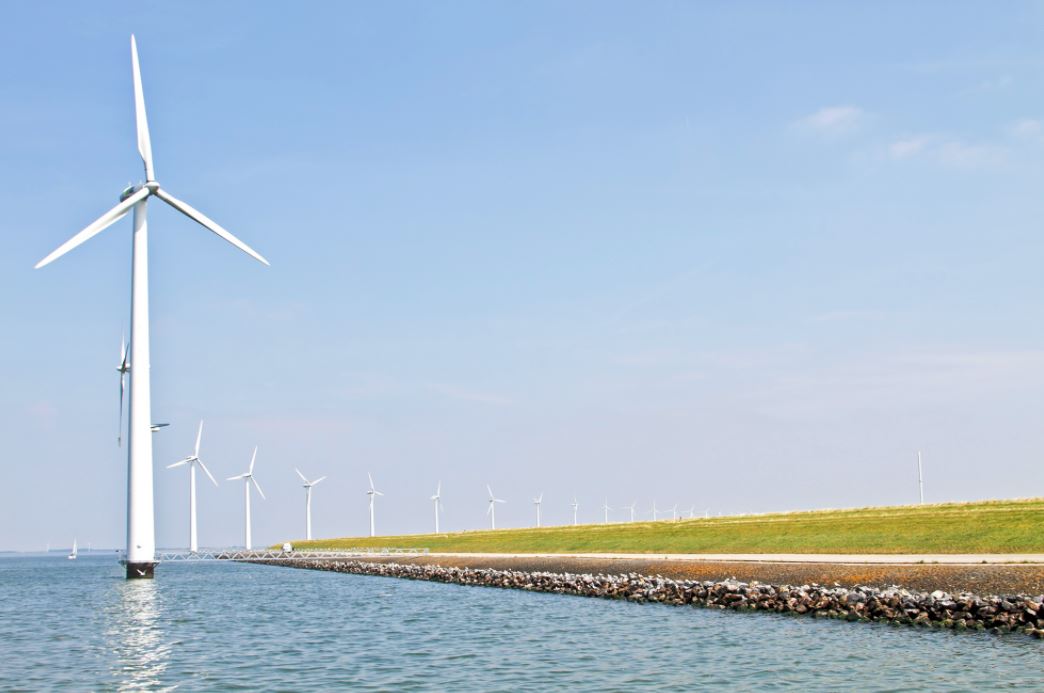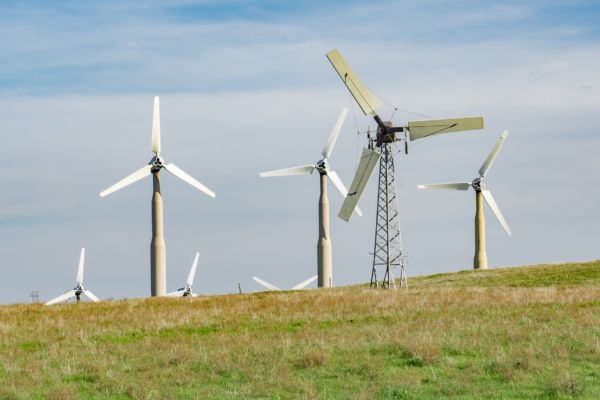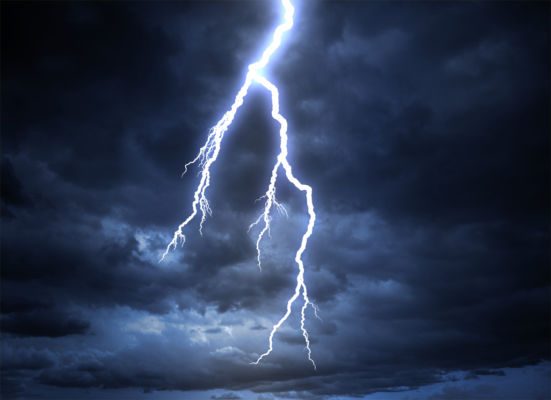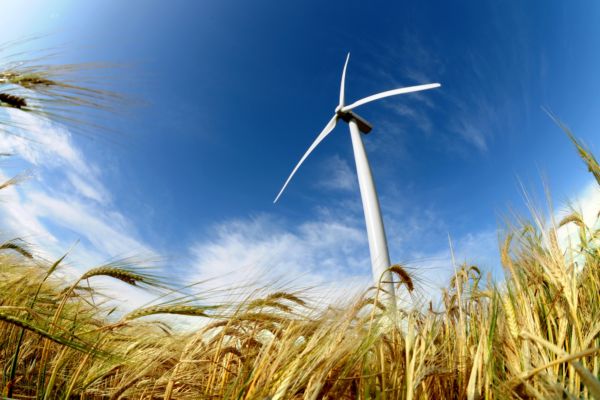A major challenge facing the wind power industry is reducing the levelized cost of energy (LCOE). There is a huge drive to achieve this in order to gain a competitive advantage on fossil fuel energy and other renewable sources such as solar power. Consequently, the industry needs to find more effective technology and operate more efficiently – something that will cause change within the current market.
Different requirements for onshore and offshore
When considering wind energy, it is important to separate it into onshore and offshore. They both deal with slightly different requirements and challenges. A significant difference is the amount of space they can take up. On land, there is considerably less room for wind farms, and logistics becomes a challenge as turbines and rotor diameters continue to grow. On the other hand, maintenance for offshore wind farms is more challenging due to weather conditions and the high cost involved in reaching the turbines.
The shift towards larger turbines
Something that applies to both is the shift towards implementing larger rotors. The reasoning behind this is to increase the amount of energy generated by each turbine and thereby lower the LCOE. In more densely-populated areas of the world such as Europe, there is a significantly limited amount of space. Therefore, creating fewer but more productive turbines helps keep power output high and space requirements low.
We see bigger turbines offshore in comparison to those onshore not only due to the almost limitless space available, but also to reach the same level of energy cost as onshore. It takes significantly more resources to build an offshore turbine than it does for an onshore one. However, implementing machines of this size is easier said than done. A considerably higher output results in higher loads. This means key components, such as the main shaft or gearbox, will be put under more strain and will require further development. Current bearings are not able to deal with the estimated specifications of future offshore turbines. This may even mean the industry strays away from conventional roller bearings.
Technology and testing steps into the spotlight
In order to tackle this, better testing capabilities will be required in the future. There are comprehensive testing sites currently, but these may not be enough to test 15–20 megawatt turbines. This creates opportunities for software developers to design more advanced simulation technology, as well as the possibility of established engineering
companies assigning divisions to do this. As the new turbine sizes become more common, a more integrated design approach and closer collaboration along the value chain is needed in order to find suitable solutions at appropriate costs. Even new business models might be needed to share the rising risks.
Maintenance and monitoring opens up market opportunities
A common theme in the wind power industry at present is the different approaches to maintenance and the associated technology. Reducing O&M costs is heavily reliant on making maintenance more efficient and cost-effective. There are differing approaches to predict failures, such as statistical or physical models. But it is likely that many businesses, including startups, will look to capitalize on this gap in the market. The role of technology in maintenance and monitoring may present a significant number of lucrative opportunities in the future. Furthermore, it is likely that some products will be more effective than others, therefore meaning we could see a wide variety of options entering the market before optimal solutions are defined.
A world of opportunity for market players
Ultimately, the wind power industry, and renewable energy in general, is set for rapid growth and so are the market opportunities associated with it. Fossil fuels are becoming less sustainable and economical and many predict that renewable options will take over before too long. And with the demand for electricity continuously increasing, there will be plenty of chances for business success. Both new and established players on the market could stand to significantly profit by offering the wind power sector the solutions it needs to become more efficient.



